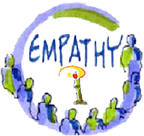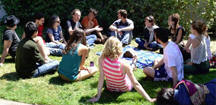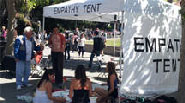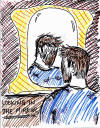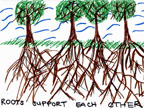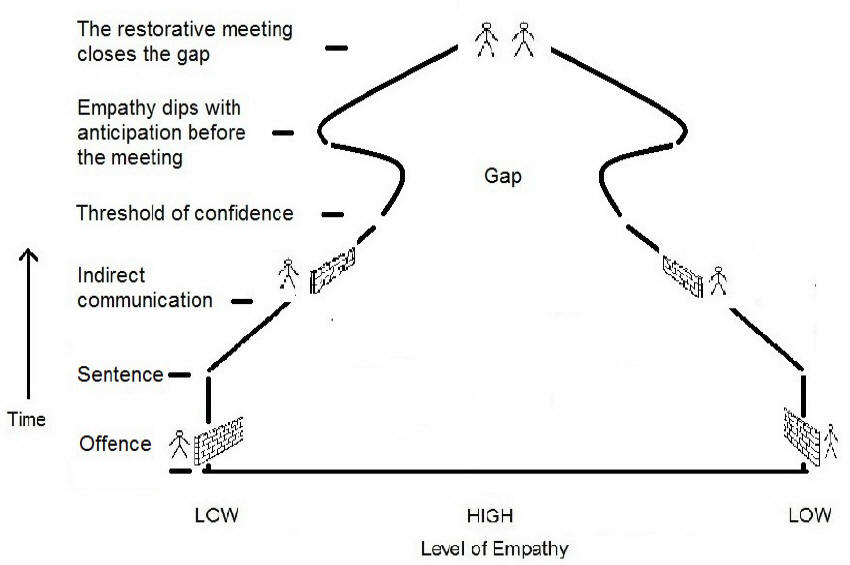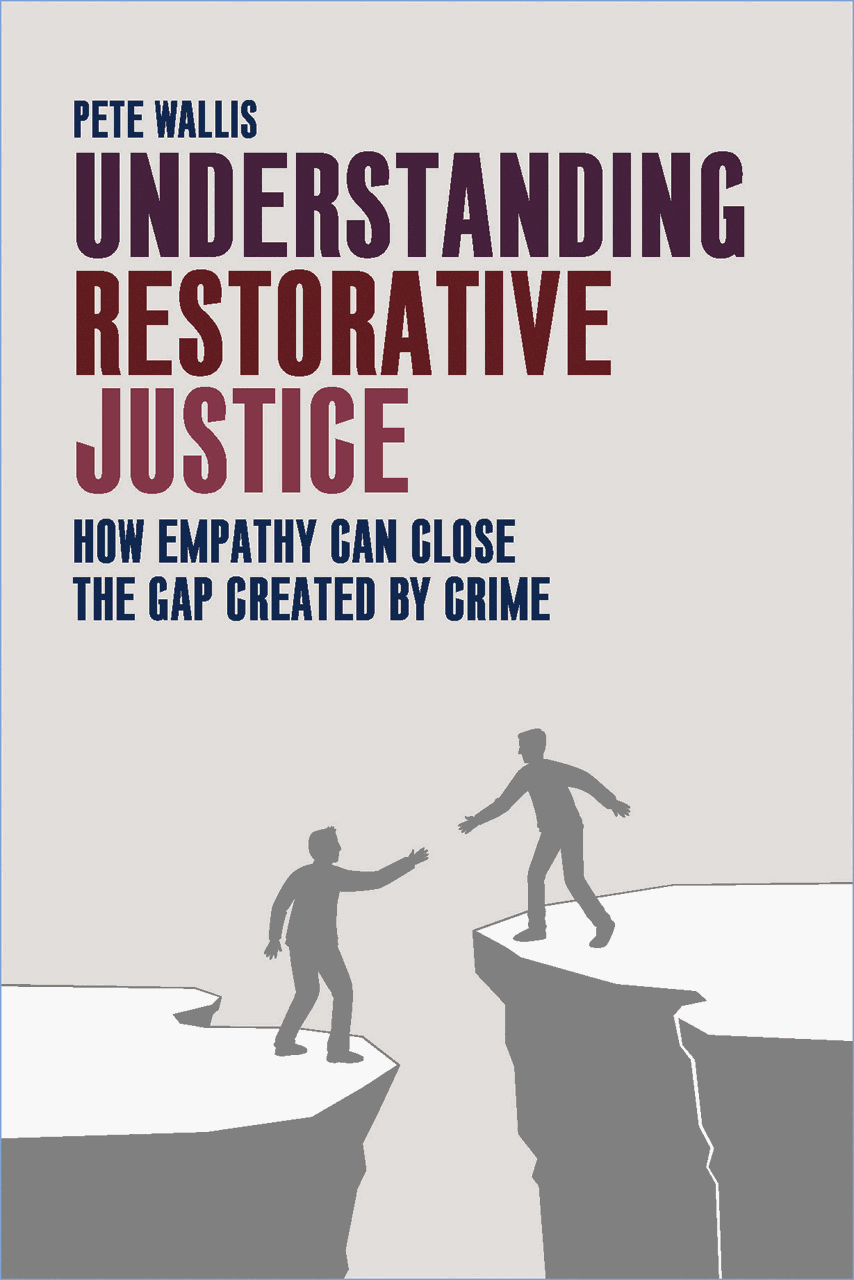|
|
|
Culture of Empathy Builder: Pete Wallis
This book offers a clear and detailed introduction to the ways that restorative justice can be used to nurture empathy, exploring such key themes as responsibility, shame, forgiveness, and closure. It uses numerous case studies to explore the timeline of restorative justice, from an initial offense, through the criminal justice process, then into the heart of the restorative meeting and beyond. It will serve as the perfect introduction for those new to restorative justice, as well as a best practices guide for acting practitioners.
Introduction
- How Empathy Can Close the Gap Created by Crime By Parsons, A. R. "Through the following thirteen chapters, the six 'levels' of empathy are explored. At the outset the harm creates the 'gap'. Those who are hurt or are unhappy understandably focus on their suffering and it is difficult to see the perspective of anyone else. This applies as much to the person responsible for the harm as the person harmed, for, as has been suggested by others, there is arguably a link between the causes of crime and unhappiness and such unhappiness causes us to focus 'on the self'. …"
What Have I Done?: A Victim Empathy Programme For
Young People
|
|
||||
